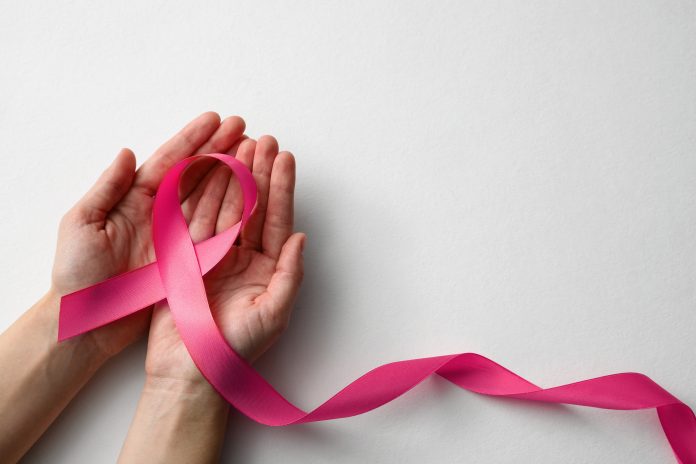October is dedicated to raising awareness for breast cancer, however a recent study has highlighted the need for further education into the less common symptoms of breast cancer
A survey by The Ohio State University Comprehensive Cancer Center – Arthur G. James Cancer Hospital and Richard J. Solove Research Institute (OSUCCC – James) revealed that 93% of adults can identify a lump as a potential sign of breast cancer.
However, less than half of the respondents could recognise other prevalent symptoms linked to the disease.
This is a significant concern, as most breast cancers do not start with a palpable lump. According to experts, if one is present, it typically signifies a rapidly advancing or advanced-stage cancer that may be less responsive to treatment.
Screening mammography is our Number 1 defence
“Screening mammography is our No. 1 defence in detecting and addressing breast cancers at their earliest, most treatable stages, but it is also very important for people to be familiar with the look and feel of their own breast tissue so that sometimes subtle changes can be evaluated quickly to give us the best chance at early detection,” said Ashley Pariser, MD, a breast medical oncologist and director of breast cancer survivorship services at the OSUCCC – James.
“It is important that people feel safe to address these concerns in a timely way with their doctor.’
Symptoms of breast cancer
The less familiar indications of breast cancer include:
- A nipple that is retracted, inverted, or points downward.
- The appearance of breast puckering, where an indentation becomes visible when raising the arms.
- A partial loss of sensation in the breast.
- The skin on the breast develops a dimpled or thickened texture.
- Nipple discharge.
In the recent survey, 31% of respondents acknowledged a retracted, inverted, or downward-pointing nipple as a potential breast cancer symptom, while only 39% recognised breast puckering as a sign. Less than half of the survey participants were informed about the significance of symptoms such as loss of breast sensation (41%), skin puckering or thickening (45%), or nipple discharge (51%) warranting medical attention.
Breast Cancer Risk
Many women are confused about breast cancer screening guidelines, with a significant portion under 30 feeling uncertain (44%). Dr. Pariser, an expert from OSUCCC–James, emphasises that early detection through screening mammography is crucial. Screening should start at age 40 for those at average risk, as the American College of Radiology and American College of Obstetrics and Gynaecologists recommend.
However, personalised screening plans are encouraged based on individual risk factors and family history. People with dense breast tissue and those from Black or Ashkenazi Jewish backgrounds may require more intensive screening due to increased risk.
Despite breast cancer being the second most common cancer in women after skin cancers, with an estimated 300,000 new cases and 43,000 expected deaths in 2023, the prevailing mentality among respondents is that they won’t be affected by it.
75% of women and 91% of men don’t think they will develop breast cancer
The survey reveals that 75% of women and 91% of men don’t think they will develop breast cancer, even though it impacts approximately one in eight women statistically.
These statistics only reaffirm the idea that further education on breast cancer is not just useful but necessary.
Conducted by SQL Server Reporting Services on behalf of The Ohio State University Wexner Medical Center/OSUCCC – James, this survey collected data from 1,004 respondents. It highlighted the need for increased awareness about the diverse symptoms of breast cancer, proper screening, and the importance of early detection.











